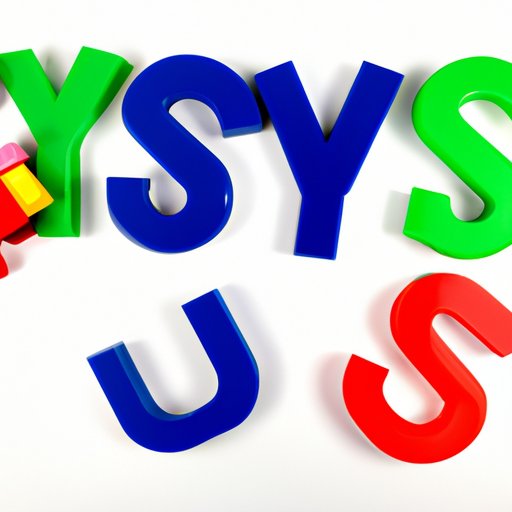
Introduction
Toys R Us was once the go-to store for everything toy-related, but today, it is but a memory. Once a mainstay in the toy industry, the company’s downfall is a cautionary tale for other businesses. In this article, we’ll explore the timeline of events that led to the fall of Toys R Us, the lasting impact of its closure, and the lessons businesses can learn from its mistakes.
Timeline
In 2017, after years of debt and increased competition, Toys R Us filed for bankruptcy. The company had accumulated over $5 billion in debt and was unable to keep up with the changing retail landscape. After a tumultuous year that included trying to restructure its debt and come up with new strategies, the company announced it would close all of its stores in the spring of 2018.
The last Toys R Us stores closed in June 2018, marking the end of an era. In total, over 800 stores were closed, and nearly 33,000 employees lost their jobs. The company’s liquidation sales were so popular that customers lined up outside stores for hours, eager to purchase items at a discounted price.
Impact
The demise of Toys R Us had a significant impact on both consumers and toy manufacturers. Parents and children lost one of the few physical stores dedicated entirely to toys, and toy manufacturers had to adjust to a new retail landscape. The closure of Toys R Us also highlighted the shifting tides of consumer behavior, with more people shopping online and fewer individuals visiting physical stores.
However, while the closure of Toys R Us was undoubtedly a shock, it also opened up doors for other businesses to take advantage of the opportunity. Companies like Walmart and Target have expanded their toy offerings, while online giant Amazon has made strides in the industry with its Amazon Toy Store.
Opinion
There are many reasons why Toys R Us was unable to overcome its financial struggles. One of the biggest factors was the company’s inability to adapt to changing consumer behavior. As more people shifted their shopping habits online, Toys R Us did not do enough to invest in e-commerce. Additionally, the company’s large debt burden made it challenging to compete with retailers that had more flexible finances.
While hindsight is 20/20, it seems that Toys R Us would have been better served by taking steps to address these issues earlier. A more robust e-commerce presence and a focus on debt management could have made a significant difference in the company’s long-term success.
Nostalgia
For many people, Toys R Us holds a special place in their childhood memories. It was the place where kids could explore toy aisles for hours, and parents could watch their children’s eyes light up with joy. Toys R Us also had a significant role in popular culture, serving as the inspiration for songs, TV shows, and movies.
With the closure of Toys R Us, a piece of childhood has gone away. However, it’s not all bad news, as new toy stores like FAO Schwarz are opening, and businesses are learning from Toys R Us’ mistakes to create better shopping experiences for customers.
Lessons Learned
The closure of Toys R Us teaches us many lessons about business success and failure. First, companies must be willing to pivot and adapt to changing marketplaces. E-commerce has transformed the retail industry, and businesses that do not invest in this area risk falling behind.
Second, debt management is critical. While taking on debt is sometimes necessary to fund growth, being weighed down by a heavy burden can sink even the most successful companies.
Finally, businesses must also be willing to listen to their customers and provide them with the experiences they want. Times are always changing, and what worked yesterday may not work today or tomorrow.
Conclusion
The fall of Toys R Us was undoubtedly a significant loss, but it was also an opportunity for the industry to grow and evolve. The company’s struggles serve as a reminder that businesses must continuously adapt to thrive, and they must always be willing to put the needs of their customers first. By learning from the mistakes of those who came before us, we can build a better future for ourselves and our businesses.





